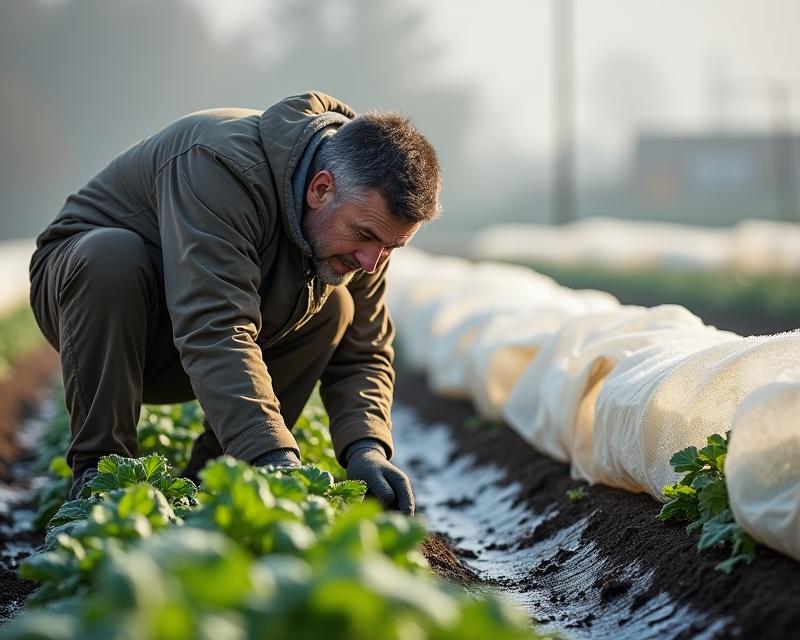Beat the Frost: Protecting Your Veggies
Publish in Crops el 21/07/2025 20:07
Frost Protection for Vegetables: A Farmer's Guide
Frost can be a real threat to your vegetable garden, potentially wiping out a season's worth of hard work. Whether it's a surprise early spring chill or a late-season freeze, understanding how to protect your plants is crucial for a successful harvest. Here's a breakdown of effective strategies, from simple coverings to more advanced heating methods.

Understanding Frost Risk
Frost forms when temperatures drop to or below freezing (32°F or 0°C). The severity of the damage depends on the temperature and the plant's sensitivity. Young, tender plants are the most vulnerable. Different vegetables have different frost tolerances – leafy greens are generally more resilient than tomatoes or peppers. Knowing your local frost dates is the first step in planning your protection strategy. Check with your local agricultural extension office for specific information about your region.
Effective Frost Protection Strategies
There are several ways to shield your vegetables from frost. One of the simplest is using row covers. These lightweight fabrics create a barrier, trapping heat and protecting plants from light frosts. Floating row covers are easy to use – simply drape them over hoops or directly over plants. For more severe frosts, consider using frost blankets, which offer greater insulation. These are typically made of bubble wrap or quilted material.
Another option is to use temporary heating. While more expensive, heating cables or heat mats can provide localized warmth to protect sensitive plants. These are particularly useful for starting plants early or extending the growing season late into the fall. Remember to follow the manufacturer's instructions carefully when using any heating device.
Timing is Everything
Timing is critical! Pay close attention to weather forecasts and be prepared to act quickly when frost is predicted. Don't wait until the frost arrives to put your protection measures in place. Remove coverings during the day to allow sunlight to reach your plants. Also, be sure to vent row covers on warmer days to prevent overheating. A little planning and proactive protection can make all the difference in preserving your valuable crops and ensuring a bountiful harvest.
Resources
- Local Agricultural Extension Office: Your best source for region-specific frost dates and advice.
- University Extension Websites: Many universities offer detailed guides on frost protection for various crops.





